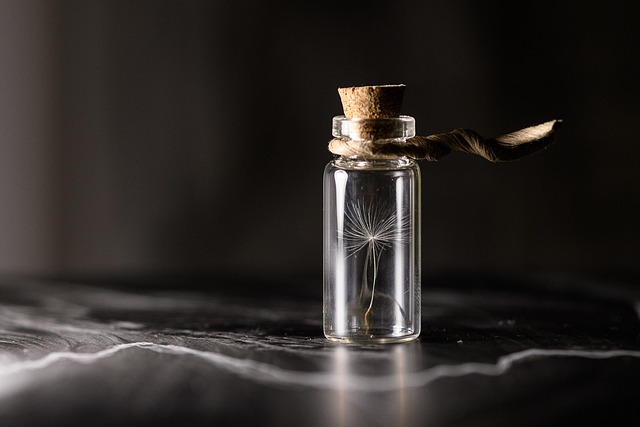Photography is a powerful medium that goes beyond just capturing moments; it serves as a means of preservation. The art of photography allows us to hold onto fleeting instants in time, suspending them forever within the confines of an image. When we aim our cameras at the world around us, we do not merely document—we create an emotional tapestry that reflects our perception of reality.
Understanding composition in photography is essential to this act of preservation. The elements we choose to include in our frame shape the narrative and evoke feelings that unify our experiences with our subjects. Each photograph is a story waiting to be told, and the way we compose that story plays a significant role in how it is received by others.
Consider the use of **leading lines**. These visual pathways can guide the viewer’s eye through the photograph, creating a journey that feels intentional and rich. When capturing a landscape, the winding road may draw attention to a distant horizon, suggesting not only the beauty of the scenery but also the allure of exploration and adventure. Incorporating strong leading lines into your photography not only enhances aesthetic appeal but also preserves the essence of a journey that could evoke personal memories in others.
Another essential aspect of composition is the **rule of thirds**. Placing the focus of your image off-center creates a dynamic balance that draws interest and can convey a sense of harmony or tension, depending on your subject matter. By doing so, you’re not just documenting a scene, but also inviting the viewer into an experience that captures the heart of what you’re trying to preserve. Each choice made in the composition becomes a deliberate act of safeguarding the emotions tied to that moment.
**Optics** also play a key role in this preservation process. The right lens can transform a mundane scene into something extraordinary. A macro lens captures the intricate details of a flower petal, turning a simple bloom into a vivid exhibit of nature’s artistry. A wide-angle lens can create expansive landscapes that make the viewer feel the vastness of the world and the insignificance of time in the face of nature’s grandeur. Understanding your camera’s capabilities allows you to showcase the depth and richness of your subject, preserving not just the image but the very feeling it evokes.
Furthermore, when engaging with photography as a means of preservation, we must not overlook the emotional impact of color and light. The **golden hour** paints the world in warm hues, bathed in soft light that evokes feelings of nostalgia and calm. High contrast and dramatic shadows can convey tension or urgency, capturing a moment that feels charged with energy. Each decision in regard to lighting and color can elevate a photograph from a simple record to a cherished memory, preserving the essence of emotions tied to that time and space.
Ultimately, photography is an intimate dance between the artist and their environment. Each click of the shutter is a commitment to preserving a fragment of life—a fleeting smile, the majesty of nature, or the vibrancy of urban life. The art of composition provides us with the tools to make those moments resonate long after they happen, encapsulating the emotions we wish to preserve for ourselves and future generations. By mastering composition, photographers not only capture but also enrich the tapestry of human experience through every frame.



